This question is related to my last post. To avoid confusion, I opened another question.
From a website that John shared in my last post, this is a plot that is a 3D picture combining the Bode and the pole-zero diagram:
Thanks to @user287001, I learned that when we think about the frequency response, we only think about the situation when s = jω and ω>0. Although ω could be <0, we ignore this situation because we cannot see what it means.)
When we think about effect of the pole and zero of transfer function on the frequency response, we project these poles and zeros on the +jω axis. Like the poles in the plot shown below, the point \$ ωn*sqrt(1-\zeta ^2) \$ means the frequency response starts to decline.
When I think about it again, for a one order system, such as \$\frac{1}{s+2}\$ the pole is -2, and it is projected on origin of the jω axis. It isn't projected to the corner frequency like a second-order system. I think this 3D image does not work with other transfer functions. What could I do to connect the Bode plot with the poles and zeros?
Now I know the meaning of the point in the +jω axis, but what does the point \$ -\zeta ωn \$ in the σ axes mean? When does it mean when pole is projected on the σ axis?

